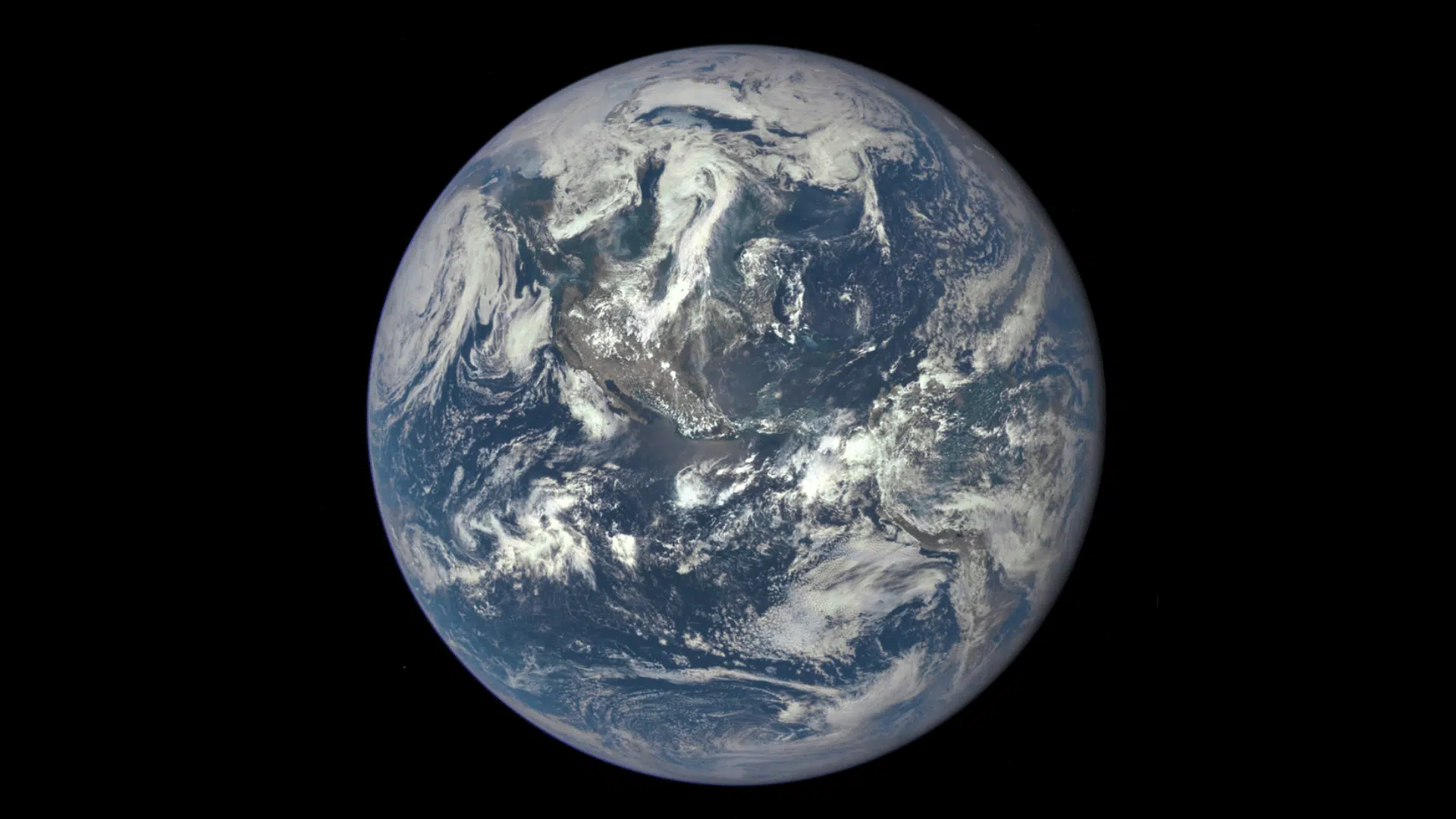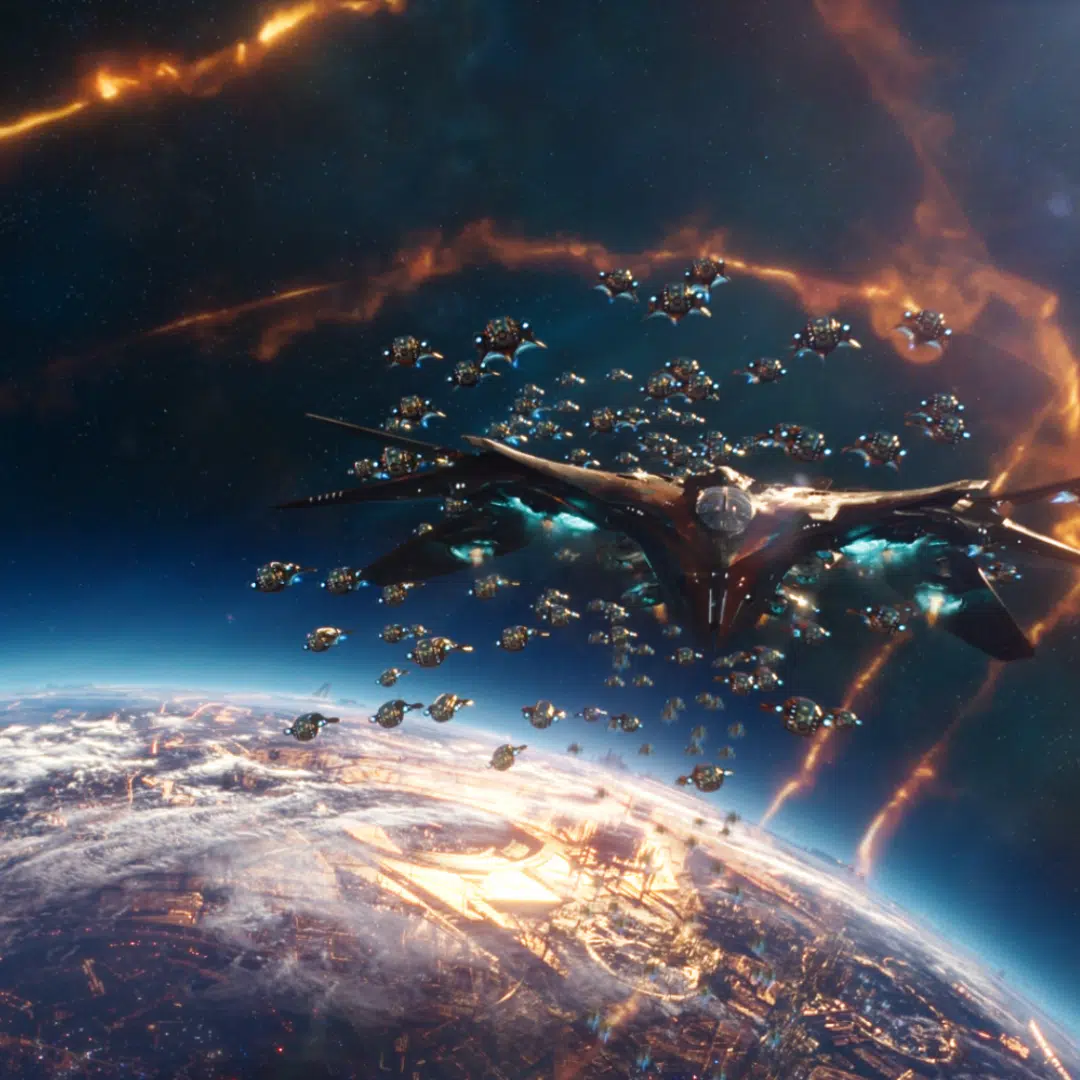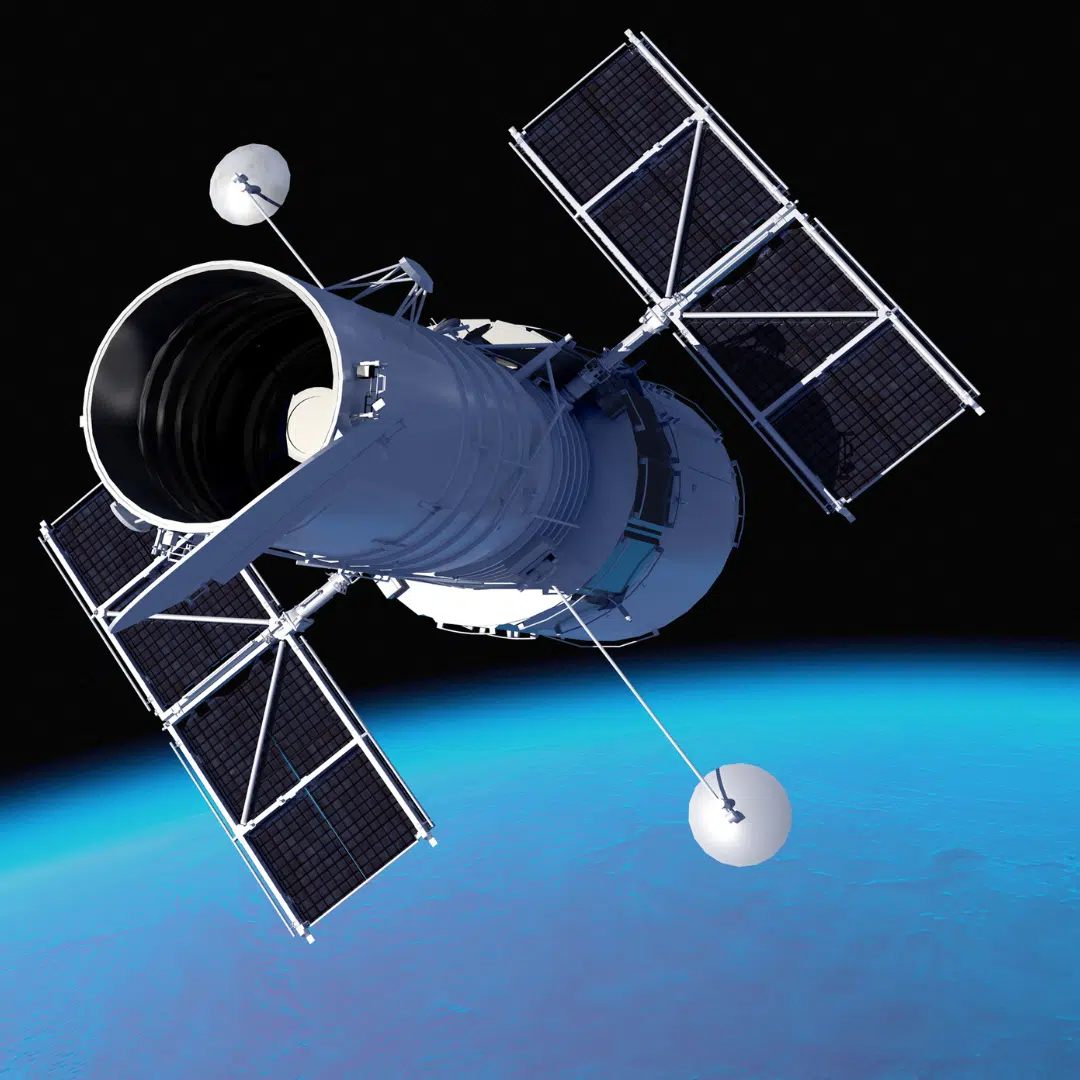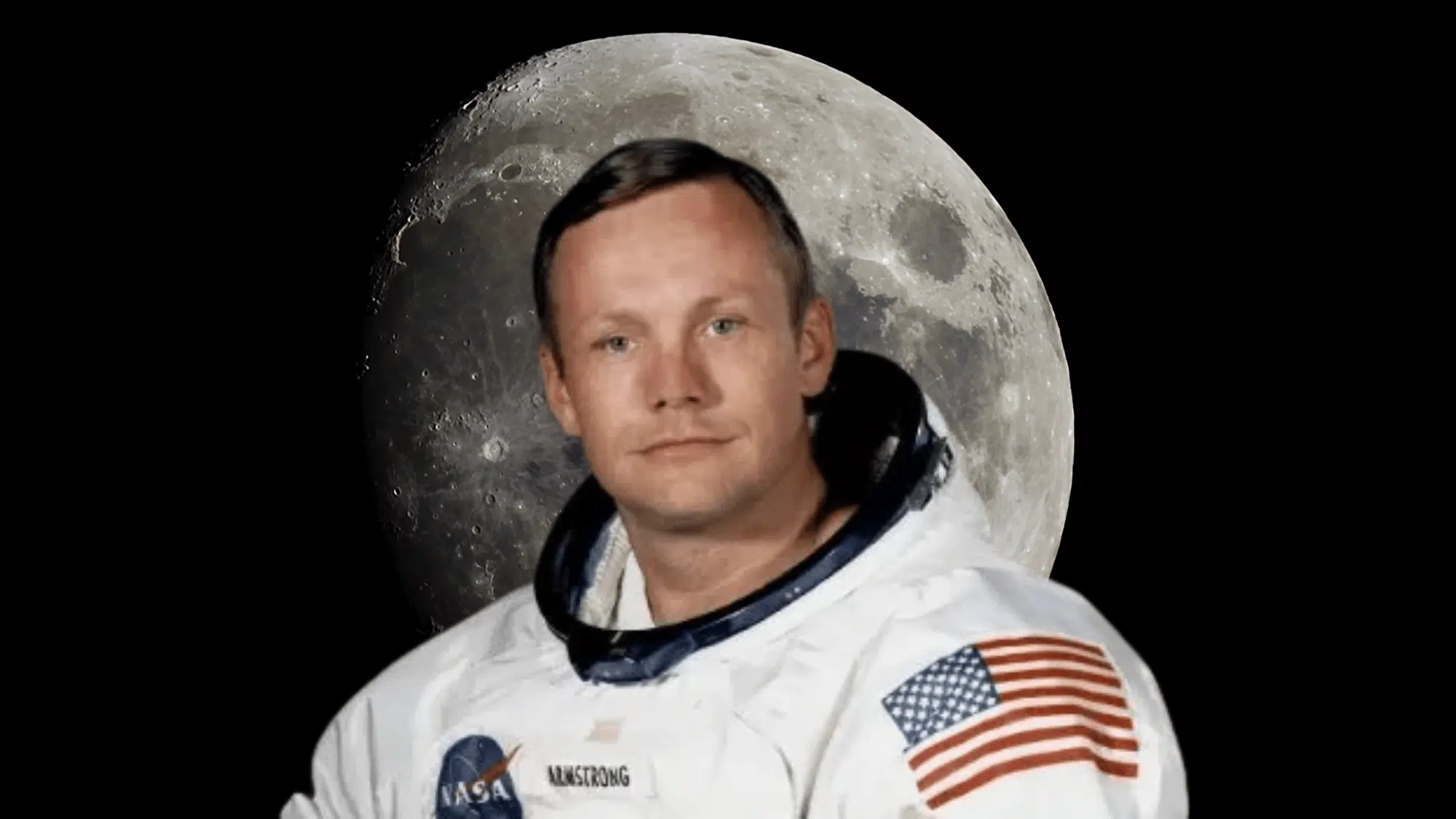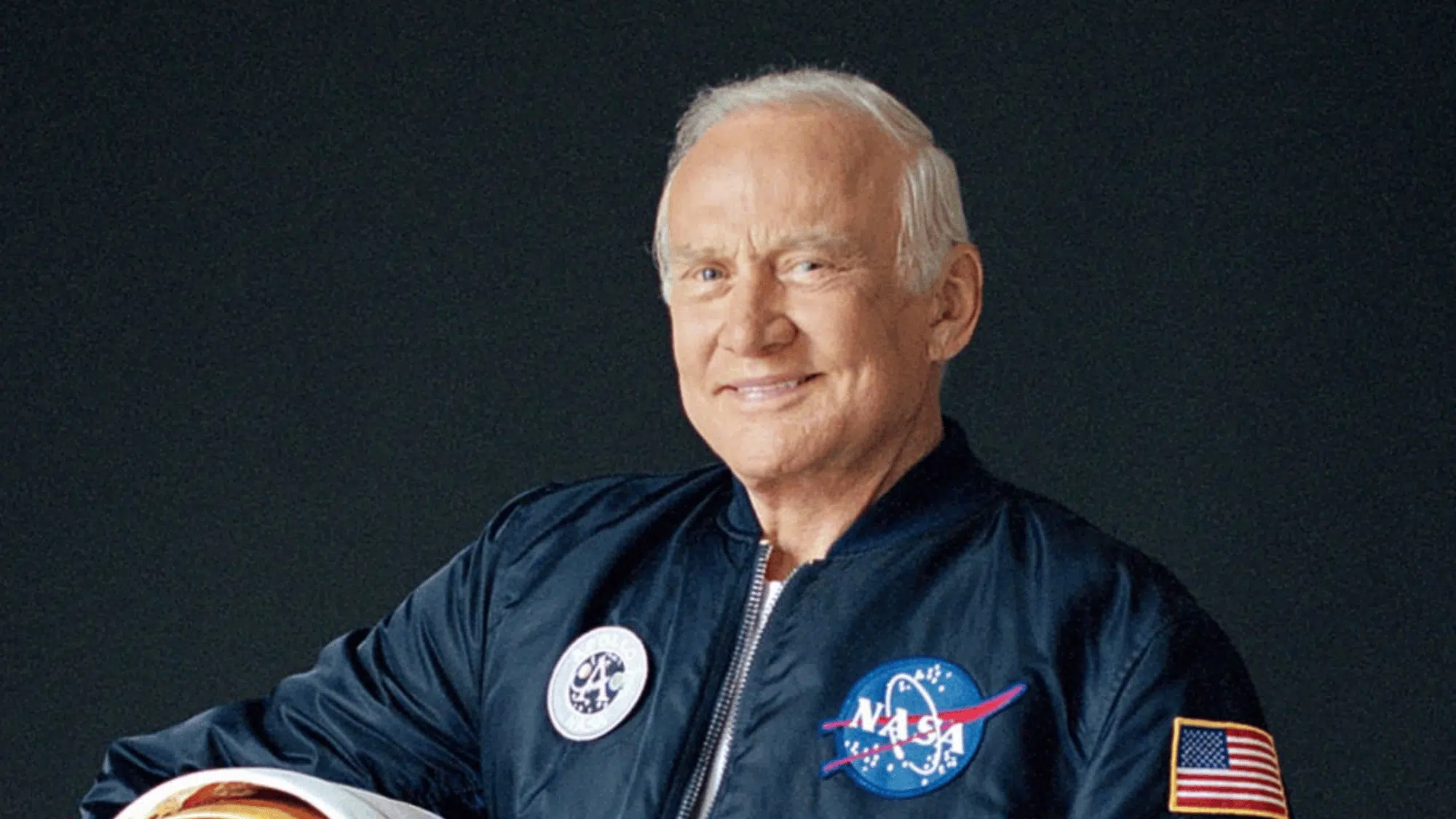Space holds many secrets that continue to amaze scientists and regular people around the world every day.
Learning interesting facts about space helps people understand how big and strange our universe really is beyond Earth.
From planets made of diamonds to stars that spin thousands of times per second, space contains things that seem impossible but are completely real.
These facts show that space is much weirder and more surprising than most people imagine when they look up at the night sky.
How Big is the Universe Compared to Earth?
The universe is so incredibly large compared to Earth that human brains cannot truly understand the size difference.
If Earth were the size of a marble, our entire solar system would be larger than a football field. Our galaxy would be bigger than the entire United States, containing billions of stars like our Sun.
The observable universe contains over 2 trillion galaxies, each with billions or trillions of stars.
Even traveling at light speed, it would take billions of years to cross just the part of the universe humans can see with telescopes.
Mind-Blowing and Unusual Facts About Space


Image Source: NASA Science
Space contains incredible, surprising facts that amaze scientists and space enthusiasts who study the vast universe around us.
1. One Day on Venus Lasts 243 Earth Days
Venus rotates so slowly that a single day there is longer than a year on the same planet. This happens because Venus spins backward compared to most other planets in our solar system.
The thick atmosphere creates extreme pressure that slows down the planet’s rotation even more over time.
2. There are More Stars than Sand Grains
Scientists estimate that more stars exist in the universe than all sand grains on every beach on Earth combined.
Even if every person on Earth counted sand grains for their entire lifetime, they still wouldn’t count as many grains as there are stars.
3. Jupiter’s Great Red Spot Could Swallow Earth
This massive storm on Jupiter has been raging for over 300 years and is bigger than our entire planet Earth.
The storm contains winds that blow at speeds of over 400 miles per hour, making it one of the most powerful weather systems in our solar system today.
4. Saturn Would Float in Water
Despite being huge in size, Saturn is less dense than water and would actually float if there were a bathtub big enough to hold it.
The planet’s density is only about 70% that of water, making it the only planet in our solar system that would float.
5. Space is Completely Silent
Sound needs air molecules to travel from one place to another, so space is perfectly quiet because there’s no atmosphere to carry sound waves.
Even huge explosions in space make no sound that humans could hear, unlike what movies often show in space scenes.
6. Neutron Stars are Incredibly Dense
A teaspoon of neutron star material would weigh about 6 billion tons on Earth, which is heavier than a mountain.
A neutron star only 12 miles across contains more mass than our entire Sun, which is almost 900,000 miles across.
7. The Sun makes up 99.8% of Our Solar System’s Mass
All planets, moons, asteroids, and comets combined make up only 0.2% of our solar system’s total weight and mass.
The largest planet is only about one-thousandth the mass of the Sun despite being enormous compared to Earth. The Sun contains so much material that over one million Earths could fit inside it with plenty of room to spare.
8. Mercury has Ice Despite Being Close to the Sun
The planet’s poles stay cold enough to have frozen water in permanently shadowed craters that never see sunlight.
These areas remain at temperatures of negative 300 degrees Fahrenheit, which is cold enough to freeze water solid for millions of years without melting.
9. Mars has the Largest Volcano in the Solar System
Olympus Mons on Mars is three times taller than Mount Everest and covers an area the size of the state of Arizona.
This massive volcano formed over millions of years because Mars has lower gravity and no moving tectonic plates to shift the volcanic activity around.
10. Europa has Twice as Much Water as Earth
Jupiter’s moon Europa contains more liquid water than all Earth’s oceans combined, but it stays frozen under a thick ice shell.
Scientists believe this hidden ocean might contain more water than humans have ever seen, making Europa interesting for possible life forms.
11. Black Holes Can Stretch You Like Spaghetti
The strong gravity near black holes would pull your feet much harder than your head, stretching your body out into a long, thin shape.
Scientists call this process “spaghettification” because it makes objects look like long noodles before they disappear into the black hole forever.
12. Pluto Takes 248 Earth Years to Orbit the Sun
Pluto moves so slowly through its orbit that it hasn’t completed one full trip around the Sun since scientists found it in 1930.
People who were alive when Pluto was found will never see it complete a full orbit during their lifetimes. Pluto is so far away that sunlight takes over 5 hours to reach it, compared to just 8 minutes to reach Earth.
13. The Moon is Moving Away from Earth
Every year, the Moon moves about 1.5 inches farther away from our planet, which is about the same rate that fingernails grow.
Millions of years ago, the Moon was much closer to Earth, making days shorter and tides much more powerful than they are today.
14. Space Suits Cost $12 Million Each
A space suit contains complex life support systems that provide oxygen, remove carbon dioxide, and maintain comfortable temperatures in the deadly environment of space.
The suits must protect against radiation, tiny meteorites traveling at high speeds, and temperature changes from minus 250 to plus 250 degrees Fahrenheit.
15. Uranus Rotates on Its Side
Unlike other planets that spin like tops, Uranus spins sideways, possibly due to an ancient collision with another large object billions of years ago.
This unusual rotation means that Uranus’ poles take turns pointing directly at the Sun during its 84-year orbit around our star.
16. The Coldest Place in the Universe is on Earth
Scientists have created temperatures colder than deep space in laboratory experiments here on our planet using special techniques and equipment.
The coldest natural places in space are only about minus 455 degrees Fahrenheit, but Earth laboratories have reached temperatures millions of times colder than that.
17. Lightning on Jupiter is 1,000 Times Stronger than Earth’s
Jupiter’s massive storms create lightning bolts much more powerful than anything on our planet, with some bolts being thousands of miles long.
The planet’s thick atmosphere and strong magnetic field combine to create electrical storms that dwarf anything Earth has ever experienced.
18. Sunset on Mars Appears Blue
The Martian atmosphere makes sunsets look blue instead of the red and orange colors we see on Earth due to the way dust particles scatter light.
Mars has the opposite effect of Earth’s atmosphere, filtering out red light and allowing blue light to pass through more easily during sunset.
19. There are Floating Water Bubbles in Space
Without gravity pulling them down, water forms perfect spheres that float freely through the air on space stations like magical floating marbles.
Astronauts can drink these water bubbles by floating up to them and catching them in their mouths, which looks amazing but can be dangerous if water gets in their lungs.
20. The Milky Way Galaxy Smells Like Raspberries
Space dust contains a chemical compound called ethyl formate that gives it a fruity smell, though humans can’t actually smell it in the vacuum of space.
Scientists found this by analyzing the chemical composition of gas clouds in the center of our galaxy using special instruments that can detect different molecules.
21. Venus Rains Sulfuric Acid
The thick clouds on Venus contain deadly acid that would instantly destroy anything it touches, making the planet’s surface incredibly hostile to any form of life.
The temperature on Venus reaches 900 degrees Fahrenheit, which is hot enough to melt lead and make the acid rain disappear before it hits the surface.
22. Footprints on the Moon Last Forever
With no wind, weather, or erosion on the Moon, footprints from Apollo astronauts remain unchanged after more than 50 years since they were made.
The Moon has no atmosphere to create wind or weather that could blow away or wash away these historic marks left by human visitors.
23. Time Moves Slower in Strong Gravity
Clocks run slightly slower on Earth’s surface than they do in space due to gravitational effects predicted by Einstein’s theory of relativity decades ago.
This time difference is so small that humans can’t notice it, but it’s large enough that GPS satellites must account for it to provide accurate location information.
24. Jupiter has at least 97 Known Moons
Jupiter keeps gaining newly found moons as telescopes get better at spotting small objects orbiting the giant planet in our solar system.
Many of these moons are tiny chunks of rock only a few miles across, while others, like Ganymede, are larger than the planet Mercury.
25. International Space Station Travels at 17,500 Mph
The ISS orbits Earth so fast that it sees 16 sunrises and sunsets every single day as it circles our planet continuously.
At this incredible speed, the space station completes one full orbit around Earth every 90 minutes, traveling a distance equal to going to the Moon and back every day.
26. Diamonds Rain on Neptune and Uranus
The extreme pressure deep inside these ice giant planets can compress carbon atoms into diamond crystals that fall like rain toward the planetary cores.
These diamonds might be as large as human hands and could accumulate in layers thousands of miles thick inside the planets’ mantles.
27. Sun is White, Not Yellow
Earth’s atmosphere scatters blue light and makes the Sun appear yellow to human eyes, but in space, the Sun looks completely white, like a bright star.
Astronauts who see the Sun from space without atmospheric interference report that it appears brilliant white rather than the warm yellow color we see from Earth’s surface.
28. Galaxies are Moving Apart from Each Other
The universe is expanding, causing all galaxies to move away from each other at incredible speeds that increase with distance from our location.
This expansion means that galaxies billions of light-years away are moving away from us faster than the speed of light, making them impossible to ever reach, even with the fastest spacecraft humans could build.
29. The Largest Known Star Could Hold 5 Billion Suns
VY Canis Majoris is so huge that light takes over 8 hours to travel around its surface, compared to just 14 seconds to travel around our Sun.
This massive star is located about 4,000 light-years from Earth and appears as a faint red dot even through powerful telescopes because of its enormous distance.
30. Space Smells Like Hot Metal and Welding Fumes
Astronauts report that space has a distinctive metallic smell when they return to the airlock after working outside the space station during spacewalks.
This smell comes from atomic oxygen and other particles that stick to spacesuits and equipment during exposure to the vacuum of space.
31. Brown Dwarfs are Failed Stars
These objects aren’t quite big enough to start nuclear fusion and become real stars, but they’re too big to be classified as planets either.
Brown dwarfs exist in a middle ground between planets and stars, slowly cooling down over billions of years while glowing dimly in infrared light.
32. The Hubble Space Telescope has Traveled 4 Billion Miles
Despite staying in Earth’s orbit, Hubble has covered an enormous distance over its decades of operation by continuously circling our planet at high speed.
The telescope completes one orbit every 97 minutes, traveling at about 17,000 miles per hour as it circles Earth and takes stunning images of distant objects.
33. One Year on Neptune Equals 165 Earth Years
Neptune is so far from the Sun that it takes almost two human lifetimes to complete one orbit around our solar system’s central star.
Since Neptune was found in 1846, it completed its first full orbit in 2011, meaning people alive today are the first humans to see Neptune complete an entire year.
34. Titan has Methane Lakes and Rivers
Saturn’s moon Titan has a complete weather system with clouds, rain, lakes, and rivers, but everything is made of liquid methane instead of water like on Earth.
The moon’s surface temperature is so cold that methane stays liquid while water would be frozen solid like rock or metal.
35. The Observable Universe Contains 2 Trillion Galaxies
This enormous number represents only what humans can currently see with the best telescopes available, and the actual universe is likely much larger than what we can observe.
Each galaxy contains billions or trillions of stars, meaning the total number of stars in the observable universe is so large that it has no meaningful comparison to anything on Earth.
36. Pulsars Spin up to 700 Times per Second
These incredibly dense neutron stars rotate faster than anything else humans have ever measured, spinning so rapidly that their surfaces move at significant fractions of light speed.
Pulsars emit beams of radiation that sweep across space like lighthouse beams, creating regular pulses of energy that astronomers can detect and measure precisely.
37. Jupiter Acts Like a Vacuum Cleaner
Jupiter’s massive gravity pulls in asteroids and comets that might otherwise crash into inner planets like Earth, protecting us from potentially dangerous impacts.
Without Jupiter’s gravitational influence, Earth would likely be hit by large asteroids and comets much more frequently, possibly preventing complex life from developing on our planet.
38. Astronauts Get Taller in Space
Without gravity constantly pressing down on their spines, astronauts can grow up to 2 inches taller during long stays on the International Space Station.
This height increase happens because the soft discs between vertebrae in the spine expand when they’re not compressed by body weight and gravity.
39. The Sun Converts 4 Million Tons of Matter to Energy Every Second
Einstein’s famous equation E=mc² explains how the Sun creates its incredible energy output by converting a small amount of matter into enormous amounts of energy through nuclear fusion.
Despite losing 4 million tons of material every second, the Sun is so massive that this rate of mass loss will allow it to shine for about 5 billion more years.
40. Hypervelocity Stars Travel at 2 Million Mph
Some stars get ejected from galaxies after close encounters with supermassive black holes and zoom through intergalactic space at unimaginable speeds that dwarf anything humans have experienced.
These runaway stars are traveling so fast that they will never be captured by another galaxy’s gravity and will spend eternity wandering through the vast emptiness between galactic clusters.
41. Space Contains Alcohol Clouds
Scientists have found clouds of ethyl alcohol floating in space that are thousands of times larger than our entire solar system, containing enough alcohol to fill quadrillions of bottles.
These massive alcohol clouds exist in star-forming regions where complex organic molecules can form from simpler chemicals under the right temperature and pressure conditions.
42. The Moon has Moonquakes
Seismic activity on the Moon can last for over 10 minutes, much longer than earthquakes on our planet, because the Moon’s solid structure allows vibrations to continue much longer.
These moonquakes are caused by tidal forces from Earth’s gravity, meteorite impacts, and thermal expansion and contraction as the Moon’s surface heats up and cools down.
43. White Dwarf Stars are Incredibly Hot
These dead stellar remnants can reach surface temperatures of 100,000 degrees Fahrenheit, making them much hotter than our Sun despite being roughly the size of Earth.
White dwarfs are the leftover cores of Sun-like stars that have exhausted their nuclear fuel and shed their outer layers into space.
44. Ganymede is Larger than Mercury
Jupiter’s biggest moon actually has a larger diameter than Mercury, the smallest planet in our solar system, showing how massive some moons can become.
Ganymede is the largest moon in the entire solar system and is the only moon known to have its own magnetic field, probably generated by a liquid iron core.
45. The Asteroid Belt Contains Millions of Objects
Despite what movies often show, these asteroids are spread so far apart that spacecraft can easily fly through the belt without hitting anything or even seeing asteroids nearby.
The total mass of all asteroids in the belt is less than 4% of the Moon’s mass, distributed across a region of space larger than the distance from Earth to the Sun.
46. Mars has Seasons Like Earth
The Red Planet tilts on its axis similar to Earth, creating four distinct seasons throughout its longer year that lasts 687 Earth days instead of 365.
Martian seasons last almost twice as long as Earth seasons because Mars takes longer to orbit the Sun due to its greater distance from our central star.
47. Solar Wind Travels at 1 Million Mph
High-energy particles from the Sun race through space at incredible speeds, reaching Earth in just a few days despite the 93-million-mile distance between our planet and the star.
This stream of charged particles creates the beautiful northern and southern lights when it interacts with Earth’s magnetic field and atmosphere near the poles.
48. The Universe is 13.8 Billion Years Old
Scientists determined this age by measuring the cosmic microwave background radiation left over from the Big Bang and studying the expansion rate of space itself.
This ancient light has been traveling through space since the universe became transparent about 380,000 years after the Big Bang.
49. Betelgeuse Could Explode Any Time
This red giant star is unstable and might become a supernova tomorrow or in 100,000 years, creating one of the brightest objects ever seen in Earth’s sky.
When Betelgeuse finally explodes, it will shine as brightly as the full Moon for several weeks and remain visible during daytime for months before gradually fading away.
50. Voyager 1 has Left the Solar System
Voyager 1 is currently more than 14 billion miles from Earth and continues to send back data about conditions in the space between stars using its nuclear-powered instruments.
The spacecraft is moving at about 38,000 miles per hour and will continue traveling through interstellar space for tens of thousands of years before its power source finally runs out.
51. Ring Systems Exist Around All Gas Giants
Jupiter, Saturn, Uranus, and Neptune all have ring systems, though Saturn’s rings are by far the most visible and spectacular when viewed through telescopes.
Jupiter’s rings are very faint and made of dust particles, while Uranus has narrow, dark rings that are difficult to see from Earth.
52. The Speed of Light is the Universe’s Speed Limit
Nothing with mass can travel faster than 186,282 miles per second according to Einstein’s theory of relativity, which has been confirmed by countless experiments and observations.
As objects approach light speed, they require increasingly enormous amounts of energy to accelerate further, making faster-than-light travel impossible with any known physics.
53. Magnetars Have the Strongest Magnetic Fields
These neutron stars have magnetic fields a trillion times stronger than Earth’s magnetic field, creating conditions so extreme that atoms themselves get distorted into strange shapes.
These objects can release more energy in one second than our Sun produces in 100,000 years during massive magnetic field reorganizations called starquakes.
54. The Big Bang Created All Matter in the Universe
Everything humans can see or touch, including all the atoms in their bodies, was created in the first few minutes after the universe began expanding from an incredibly hot, dense state.
During the first few minutes after the Big Bang, the universe was hot enough for nuclear fusion to occur everywhere, creating the first hydrogen and helium atoms from pure energy.
Conclusion
These interesting facts about space show just how amazing and mysterious the universe really is, beyond what people see in the night sky each evening.
Space contains things that seem impossible but are completely real, from diamond rain on distant planets to stars that spin hundreds of times per second.
Understanding these facts helps people realize how special Earth is and how much scientists still need to learn about everything beyond our small planet.
If you have any other queries about space facts, you can comment below.



